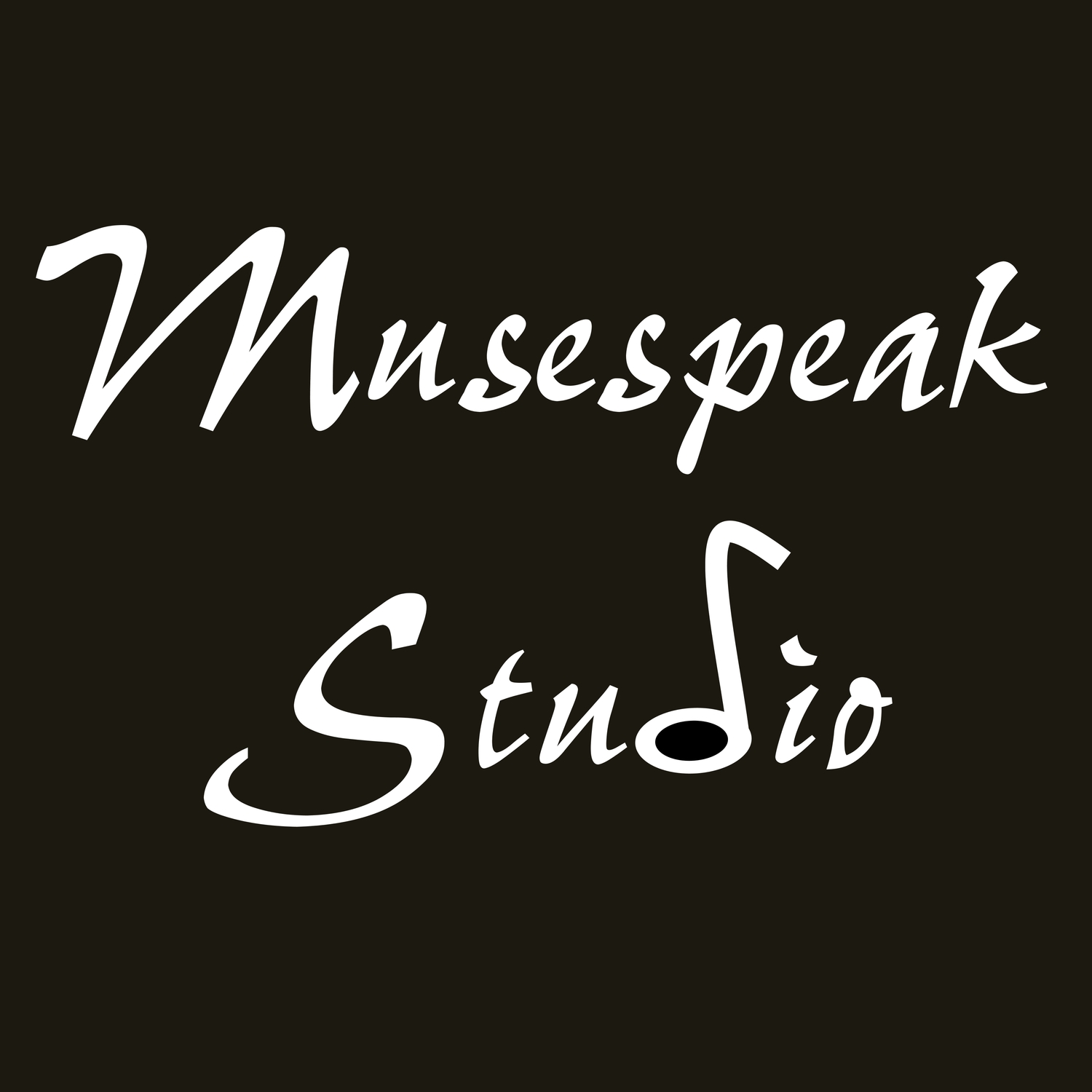Alfred's Basic Keyboard Chart can help music students learn how to play the piano when they are unable to be near their instrument.
I picked up one of these for the fun of it. However, it has proven to be a handy practice aid not just for my piano students, but for me as well. If you're going away on a trip, or need extra work on your keyboard geography, this music aid is worth checking out.
What is Alfred's Basic Keyboard Chart?
It's a simple fold-out piano keyboard made out of card-stock. One side has Alfred's Basic Keyboard Chart. If you're struggling a bit with note reading or keyboard geography, this really breaks it down for you: The note on the staff is printed right on the matching note on the keyboard.
Flip it over and you get Alfred's Basic Practice Keyboard. It's just the piano keys, all 88 of them. Full-sized too.
Ideas on How to Use Alfred's Basic Keyboard Chart
The first time I used this keyboard chart was when I was on a trip. I wasn't sure if I would have access to a piano and couldn't afford to not practice.
It was a true test to how well I knew my pieces by taking away one of my senses (hearing). I had to rely more on muscle memory and analytical memory.
Since then, I've picked up two or three "cardboard keyboards" for my students to borrow when they are away. Their biggest complaint is that they can't hear anything. I usually respond by telling them about some of the great Russian pianists who practiced mostly on a cardboard keyboard. If they can do it, then they can too.
This year, I started using it with my students who need to work on their keyboard geography. On the keyboard chart side, I labeled the notes by their keyboard number, e.g. Low C is C2. Middle C is C4.
The Good, the Bad and the Ugly About Alfred's Keyboard Chart
The good: Alfred's Keyboard Chart is compact. The four panels fold up so that it's approximately 5-1/2 inches by 12 inches. Perfect to stuff in a binder or a suitcase.
The bad: It doesn't show how notes are notated two lines above or below the staff. Nor does it show bass clef ledger line notes above Middle C or treble clef ledger line notes below middle C.
The ugly: Why are the note names and notes on the staff written upside down on the keys? Wouldn't be easier for visual learners if they were printed facing the same direction?
Alternatives to Alfred's Basic Keyboard Chart
Alfred's Basic Keyboard Chart is not the only cardboard keyboard on the block. You could also buy Hal Leonard's Keyboard Chart (approx. $1.99 USD), which tops the Amazon Best Seller List for keyboard charts. There is also Willis Music Reference and Keyboard Chart (approx. $1.76 USD). At $3.95 USD, Alfred's is the most expensive in the market.
If you want to go more high-tech, there are roll-up rubber practice keyboards, like this one:

Some are battery operated and/or come with a power adaptor. Others plug into your computer or tablet via USB.
Where to Buy Alfred's Basic Keyboard Chart
You can buy Alfred's Basic Keyboard Chart online from Amazon or Sheet Music Plus (below):
 look inside
look inside
|
Alfred's Basic Keyboard Chart Composed by Willard A. Palmer and Bill Hughes. Piano - Teaching Supplement; Posters/Charts; Resources. Other. Alfred Music #00-196. Published by Alfred Music (AP.196). |
Most local music stores carry this keyboard chart as well. In Canada, music students can check out Long & McQuade, Empire Music and Tom Lee Music.
Alfred's Basic Keyboard Chart - The Verdict
It's simple. It's compact. It's relatively inexpensive. In short, it does the trick when you are away and need to practice piano. It can help you study your note-reading and keyboard geography, if you're OK with having the keyboard upside down in relation to the note names and staff.
